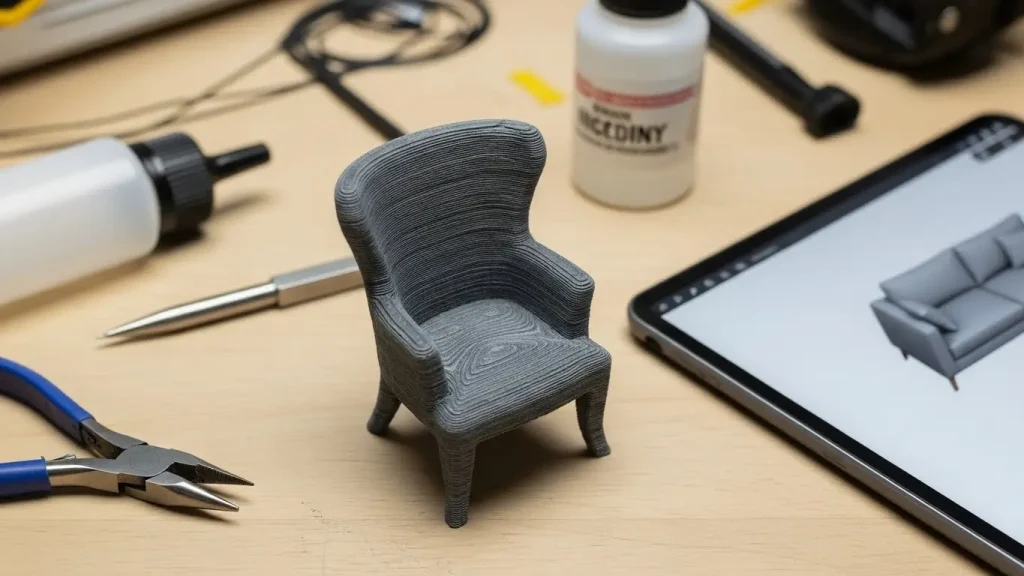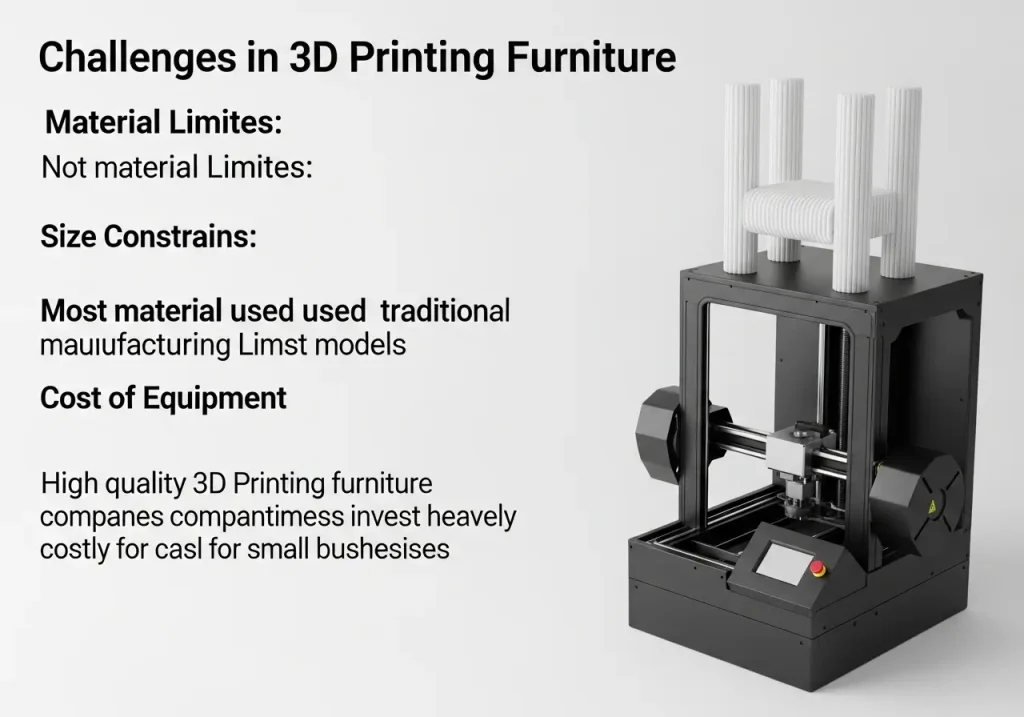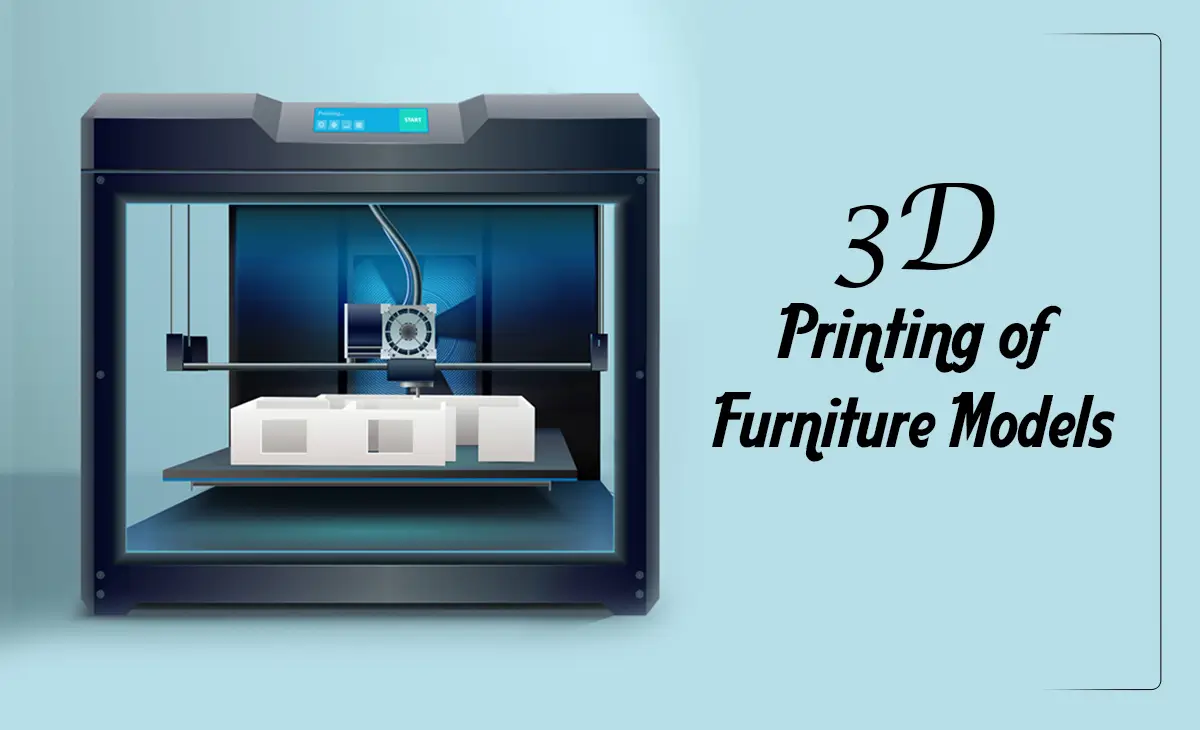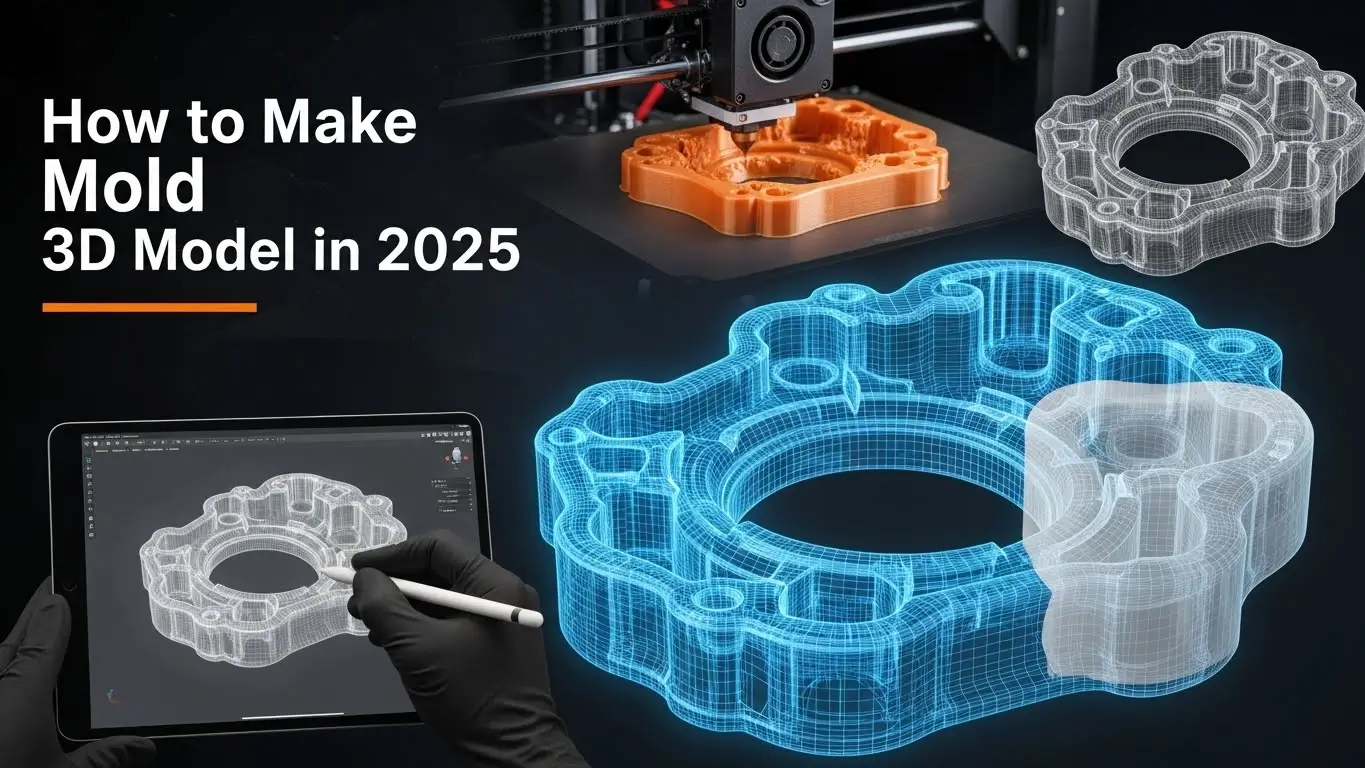3D furniture models
Over the years, 3D printing has grown in importance across various fields, from medicine to automobiles. Today, it has started doing wonders in furniture design and manufacturing. This revolutionary technology enables designers to create complex, custom furniture models with precision and speed that were previously unimaginable. It marks a new era in the furniture industry. 3D printing of furniture models will describe what is the role of 3D printing for furniture models and how it works!
What is 3D Printing in Furniture Design?
3D furniture models: 3D printing, also known as additive manufacturing, is a process that transforms a virtual model into a tangible object by building it layer by layer. In the context of furniture, this technology allows designers to bring their ideas to life, whether it’s 3D printed furniture for sale, 3D printed miniature furniture or even large-scale 3D printed modular furniture. Materials like plastics, metals, and composite wood are currently being used to create functional and artistically innovative furniture.

How to Do 3D Printing of Furniture Models
3D printing furniture models involve several key steps to transform virtual designs into tangible pieces. Here’s a step-by-step guide:
Create a 3D Design
Begin with a digital design using CAD (Computer-Aided Design) software for furniture modeling and printing. This design will serve as the blueprint for the furniture model. Ensure the design includes precise measurements and intricate details for accuracy. Before creating a prototype of 3d furniture printing you have to make a 3D model of the furniture. For this, you can outsource 3d furniture modeling services for your project.
Select Materials
Choose the right material based on the furniture’s purpose. Common materials include plastics, metals, composite wood, or even eco-friendly recycled options. Each material has unique properties suited to specific furniture types.
Prepare the Printer
Load the selected material into a 3D printer. Configure the printer settings, such as temperature, layer height, and print speed, to align with the material and design requirements.
Print the Furniture Model
Start the printing process. The 3D printer will layer the material according to the digital design, building the furniture piece gradually.
Post-Processing
Once printed, the furniture may require sanding, painting, or polishing for a professional finish.

Advantages of 3D Printing in Furniture Models
There are numerous advantages of using 3D printing, especially in furniture modeling. We are disclosing some of the edges of 3D printing for furniture models here.
Personalization
One of the biggest advantages of 3D print furniture is the ability to personalize pieces. With 3D furniture printer technology, customers can collaborate with designers to create furniture tailored to their tastes, dimensions, and needs. Whether it’s a 3D-printed outdoor furniture set or a uniquely shaped chair, the possibilities are endless.
Cost-Effective Prototyping
Traditional prototyping methods can be expensive and time-consuming. With 3D printing furniture models, designers can quickly produce prototypes to test form, fit, and functionality. For instance, 3D print model furniture allows creators to identify and fix errors before moving to production. Additionally, outsourcing 3D printing furniture design services can ensure cost-effective and high-quality results. 3D printing of furniture models allows the person to scrutinize many prototypes and choose any one among them.
Sustainability
The process of 3D printing furniture minimizes waste by using only the material needed. Moreover, recycled materials can often be used, making the process eco-friendly. With robust engineering, 3D printed modular furniture is designed to last, offering durability and reducing the need for frequent replacements.
Complex Designs Made Simple
Intricate patterns, organic shapes, and unique geometries that are challenging to produce with traditional methods can be effortlessly created using 3D printer furniture design. This makes 3D printed furniture a game-changer for both functional and decorative items.
Speed and Efficiency
Once a design is finalized digitally, 3D furniture printer technology can quickly produce the piece, significantly reducing production time. This efficiency is especially beneficial for custom orders or limited-edition collections.
Applications of 3D Printing in Furniture

3D printing is a modern technology and it has become popular because of its appeal to its consumers, advantages, and usability. We can see various applications of 3D printing. But here we are giving some examples of the application of 3D printing in furniture.
Prototyping and Concept Models
Designers often use 3D print model furniture to create scale models of their ideas. These models allow for design validation and modifications before full-scale production.
Modular Furniture
3D printed modular furniture is perfect for modern living spaces, offering flexibility and ease of assembly.
Artistic and Decorative Items
From 3D painted wood furniture to intricately designed lampshades, 3D printing furniture design opens new creative avenues, blending functionality with art.
Outdoor Furniture
Durable and weather-resistant materials are used in 3D printed outdoor furniture, making it a practical choice for exterior spaces.
Challenges in 3D Printing Furniture

Despite its potential, there are challenges:
Material Limitations: Not all materials used in traditional furniture manufacturing are compatible with 3D printing furniture models.
Size Constraints: Most 3D printer furniture setups have size limitations, restricting the dimensions of furniture pieces.Cost of Equipment: High-quality 3D printing furniture companies invest heavily in printers and materials, which can be costly for small businesses.
Post-Processing: Achieving a polished finish often requires additional work after printing.
Future of 3D Printing in Furniture
The future of 3D printing furniture is bright. As technology advances, larger printers and a broader range of materials will allow designers to create more substantial and durable pieces. The integration of AI and generative design tools with 3D printer furniture technology will further revolutionize the industry, enabling unparalleled creativity and efficiency.
Conclusion
3D printing is undoubtedly one of the fastest-growing trends to take hold of the furniture industry, presenting unparalleled opportunities for innovation, personalization, and sustainability. Yes, there are challenges, but the possible benefits of the technology far exceed the limitations. As it continues to evolve, 3D printing will surely become part of furniture design and manufacturing, opening up new frontiers for creators and consumers alike. Hopefully, this blog will help you to understand the role of 3D printing of furniture models.





